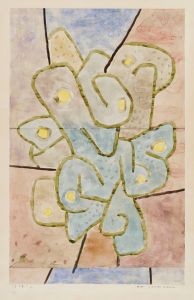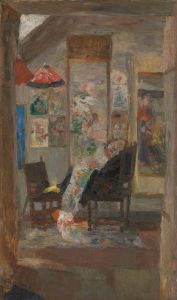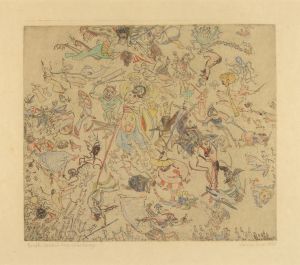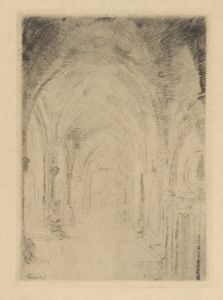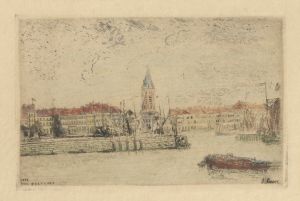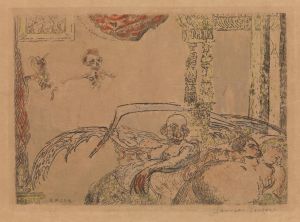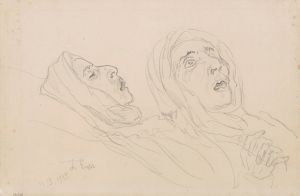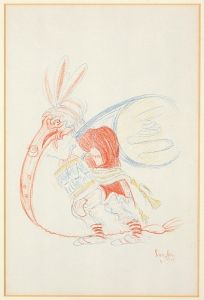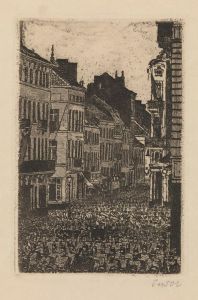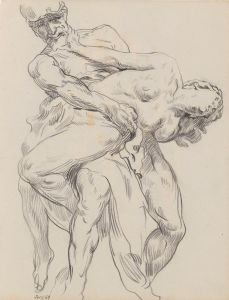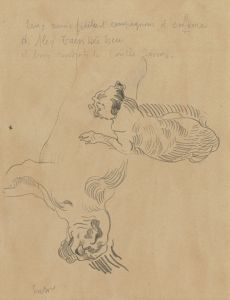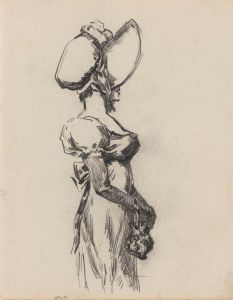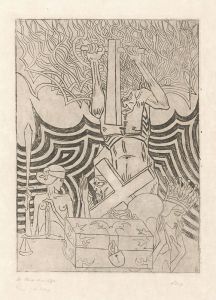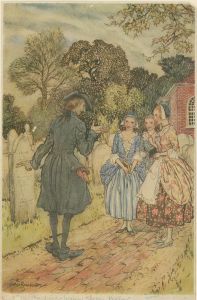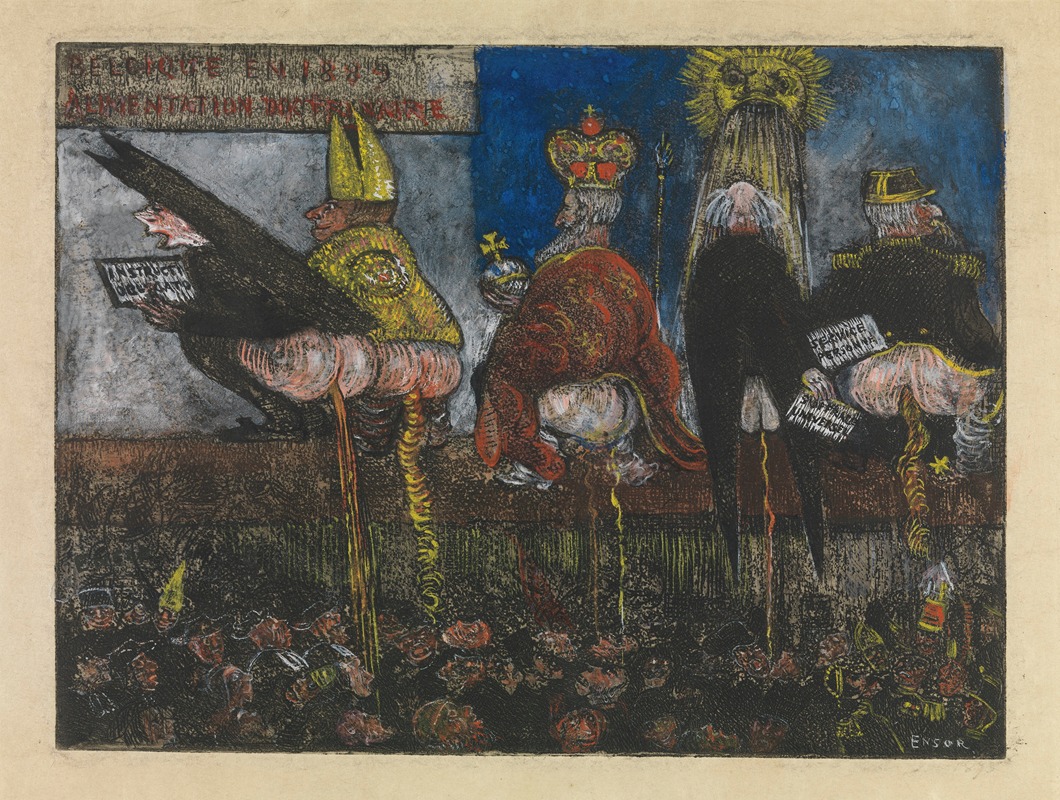
Doctrinal Nourishment
A hand-painted replica of James Ensor’s masterpiece Doctrinal Nourishment, meticulously crafted by professional artists to capture the true essence of the original. Each piece is created with museum-quality canvas and rare mineral pigments, carefully painted by experienced artists with delicate brushstrokes and rich, layered colors to perfectly recreate the texture of the original artwork. Unlike machine-printed reproductions, this hand-painted version brings the painting to life, infused with the artist’s emotions and skill in every stroke. Whether for personal collection or home decoration, it instantly elevates the artistic atmosphere of any space.
"Doctrinal Nourishment" is a painting created by the Belgian artist James Ensor in 1889. Ensor, born in 1860 in Ostend, Belgium, is known for his unique and often provocative style that blends elements of realism, symbolism, and expressionism. His work frequently features grotesque imagery, satirical content, and a vivid use of color, reflecting his critical view of society and its institutions.
"Doctrinal Nourishment" is a prime example of Ensor's satirical approach to art. The painting depicts a chaotic and somewhat grotesque scene where a group of people is being force-fed religious doctrine by a monstrous figure. This central figure, often interpreted as a representation of the clergy or religious authority, is shown with exaggerated features, emphasizing the oppressive and overbearing nature of the institution it represents.
The composition of the painting is dense and filled with various characters, each reacting differently to the force-feeding. Some appear to accept the doctrine passively, while others show signs of distress or resistance. This variety of reactions highlights Ensor's critique of blind faith and the unquestioning acceptance of religious teachings. The use of bright, almost garish colors adds to the unsettling atmosphere of the scene, making the viewer feel the intensity and absurdity of the situation.
Ensor's choice of subject matter in "Doctrinal Nourishment" reflects his broader concerns with the social and political issues of his time. The late 19th century in Belgium was a period of significant social change, marked by tensions between the Catholic Church and the growing secular movement. Ensor, who often felt like an outsider in his own society, used his art to challenge the status quo and provoke thought and discussion.
The painting is also notable for its technical execution. Ensor's brushwork is loose and expressive, contributing to the overall sense of chaos and movement within the scene. His use of light and shadow creates a dramatic contrast, further emphasizing the grotesque nature of the figures and the oppressive atmosphere.
"Doctrinal Nourishment" is housed in the Royal Museum of Fine Arts in Antwerp, Belgium. It remains one of Ensor's most significant works, exemplifying his distinctive style and his willingness to confront controversial subjects through his art. The painting continues to be studied and admired for its bold commentary on religious authority and its innovative artistic techniques.
James Ensor's legacy as a pioneering artist who pushed the boundaries of conventional art is well established. His influence can be seen in the works of later artists who similarly sought to challenge societal norms and explore the darker aspects of human nature. "Doctrinal Nourishment" stands as a testament to Ensor's unique vision and his enduring impact on the world of art.





